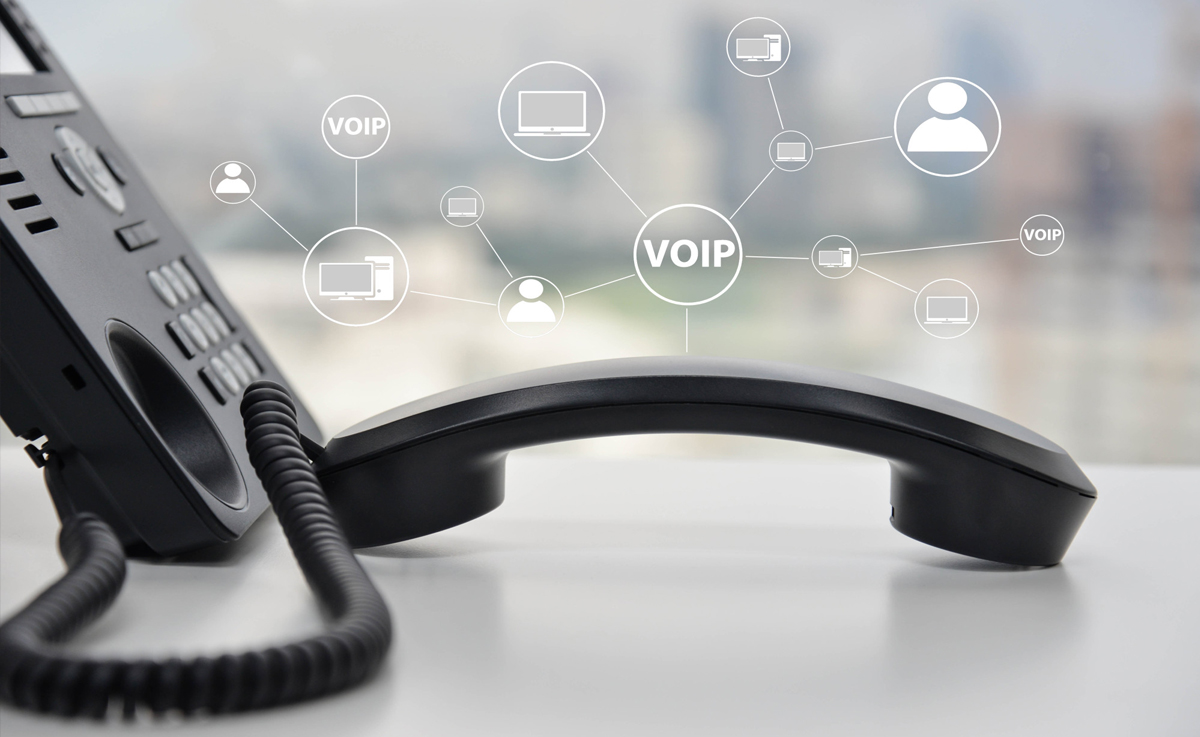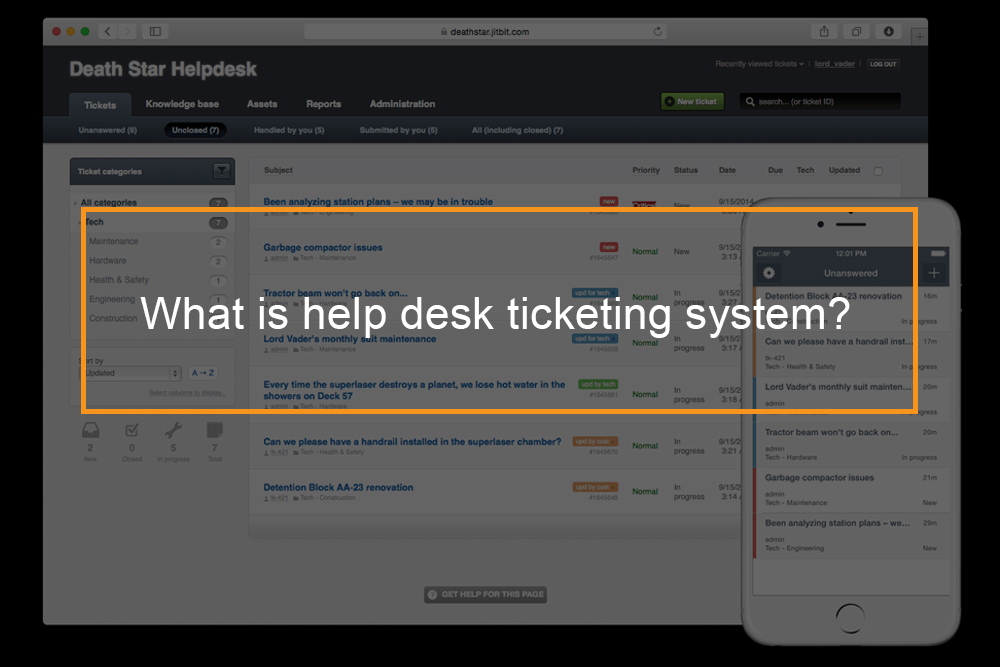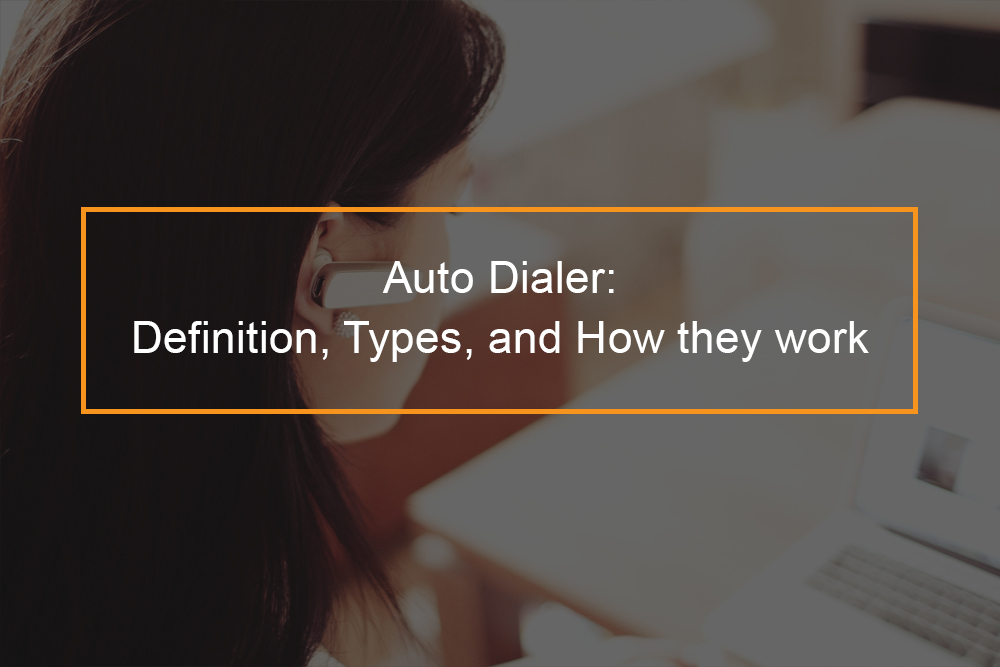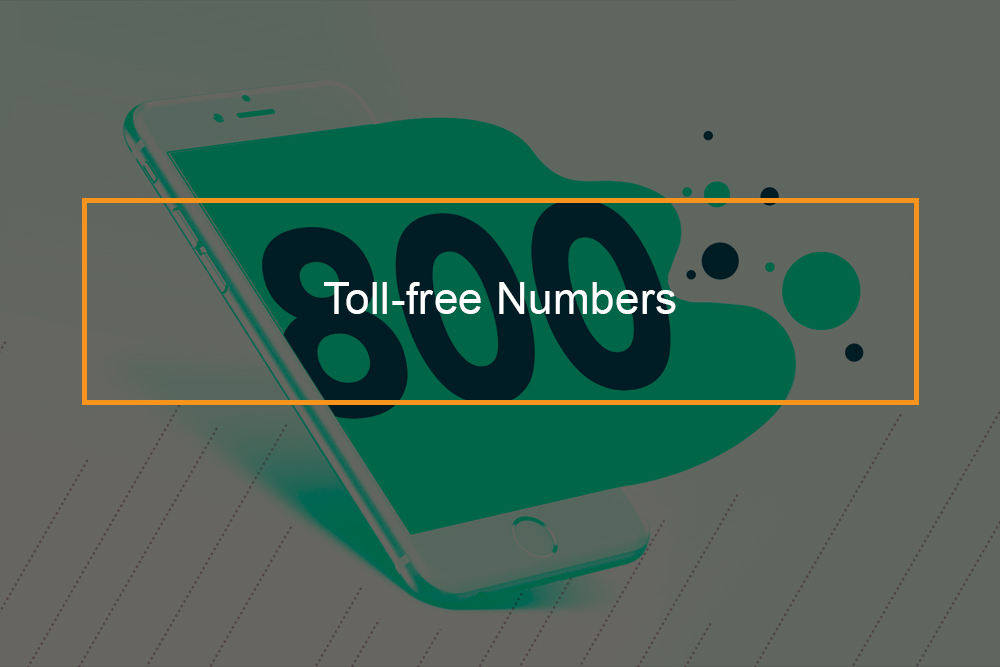Contact Center as a Service (CCaaS): The Complete Guide
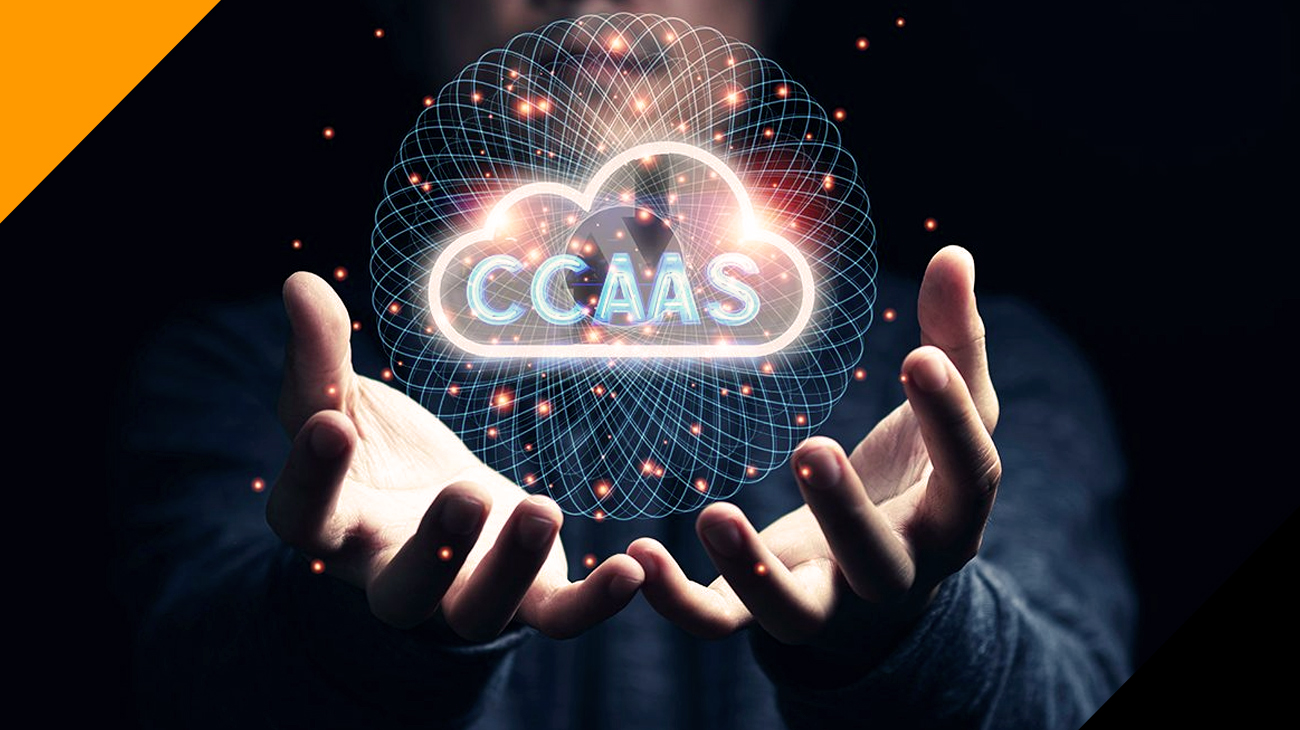
Understanding CCaaS: Unveiling the Power of Contact Center as a Service
In today’s highly competitive business world customer service has evolved into an essential element that can determine the company’s performance. In order to offer smooth and efficient customer support cloud-based services have become game changers in the field of contact centers. One of the most transformative innovations is CCaaS.
So, what is the full form of CCaaS? This article delved into the complete form of CCaaS by examining its features as well as its benefits, and the reasons it is a top option for businesses of today.
Table of Contents
What Is The Full Form Of CCaaS?

What is the full form of CCaaS? The most complete form for CCaaS refers to “Contact Center as a Service.” CCaaS is cloud-based services that provide businesses with all the capabilities and tools needed to run the contact center or service center. In lieu of hosting software used for customer service and infrastructure on the premises, CCaaS solutions are hosted on the cloud and accessed via the internet, providing increased flexibility, capacity, and cost-effectiveness.
With CCaaS companies can manage multiple communication channels, like email, phone calls, web chats as well as social media and much more, using one platform. It usually includes features like auto-call distribution (ACD) as well as Interactive Voice Response (IVR) call recording and real-time analytics. It also includes workforce management and integrated integration to customer relationship management (CRM) systems.
CCaaS is very popular with companies of all sizes because it lets them quickly expand and deploy their Contact Center operations, without large upfront investment in infrastructure and hardware. Agents can also operate from any location with an internet connection, which provides more flexibility and mobility to teams with remote locations or distributed offices. The pay-as-you-go model of CCaaS assists organizations in aligning their costs for contact centers in line with the actual usage as well as the seasonal variations in demand for customer service.
How CCaaS Works
Contact Center as a Service (CCaaS) is a cloud-based service that gives organizations the tools and capabilities needed to run an effective contact center. CCaaS utilizes cloud computing to house and distribute services and software for contact centers via the internet. This model comes with numerous advantages that include the ability to scale, flexibility, cost-efficiency and the capability to access Contact Center services from any location connected to the internet.
Here’s the way CCaaS functions:
- Cloud Infrastructure: CCaaS companies host the infrastructure for contact centers, which includes servers as well as databases, software applications and networking elements, in their own data centers. The data centers they host are outfitted with redundant systems and high-availability to guarantee uninterrupted service.
- Internet Connectivity: Organizations can access the CCaaS platform using the internet. Supervisors, agents and other personnel from the contact center are able to log into the platform through web-based interfaces at any time that has internet access.
- Communication Channels: CCaaS platform supports a broad range of communication channels, such as email, voice calls, chats on the web as well as social media messages, SMS, and much more. Customers can contact the customer center via the channels they prefer, and agents can manage interactions through an integrated dashboard.
- Automatic Call Distribution (ACD): Calls that are received get routed via an Automated Call Distributor (ACD) system. The ACD intelligently divides calls among available agents according to predefined rules for example, the level of skills, the language or availability of agents.
- Interactive Voice Response (IVR): IVR systems offer callers auto-generated menus as well as prompts. They also allow self-service or routing calls to appropriate departments or agents.
- Agent Workflows and Queues: CCaaS platforms control queues and workflows for agents to ensure that interactions are effectively distributed and processed based on the priority of services level agreement (SLAs).
- Real-Time Monitoring and Reporting: Supervisors can access real-time dashboards and tools for reporting that allow them to track the performance of agents as well as call queues, levels of service and other important metrics.
- Integration with CRM and other Systems: CCaaS platforms can integrate with CRM systems, Customer Relationship Management (CRM) platforms and other business software. This integration gives agents relevant information regarding the interactions of customers which results in more personalized and effective customer service.
- Scalability: CCaaS products are built to be extremely adaptable. Companies can easily add or eliminate agents’ seats and resources according to changing demand, which allows for cost-saving and flexibility.
- Security and Compliance: CCaaS providers implement robust security measures to safeguard customer information and ensure compliance with the regulations of their industry like GDPR as well as HIPAA.
- Automatic Updates and Maintenance: The CCaaS provider is accountable for maintenance, software updates along with infrastructure and maintenance, which reduces the workload of the IT department.
CCaaS allows organizations to provide seamless and customized customer experience across a variety of communication channels. It allows businesses to remain flexible, meet the needs of customers quickly and deliver exceptional service without massive upfront investments in infrastructure and hardware. As the world of contact centers changes, CCaaS continues to gain popularity as a cutting-edge and efficient solution to provide exceptional customer service.
Key Features of CCaaS
Contact Center as a Service (CCaaS) has a broad variety of features that are specifically designed to enhance the efficiency of customer service and enhance efficiency of agents. The most important attributes of CCaaS will vary based on the specific service and service provider, however some most common features are:
- Omni-Channel Support: CCaaS platforms generally offer multiple communication channels such as email, voice chat on the web, social media, and SMS, allowing customers to communicate with their preferred channels.
- Automatic Call Distribution (ACD): ACD intelligently directs calls to the most suitable agent available according to predetermined criteria, including language skills, experience or priority for the customer.
- Interactive Voice Response (IVR): IVR allows customers to connect using an automated service via keypad or voice inputs in order to use self-service features or to be directed to the appropriate department or agent.
- Real-Time Analytics and Reporting: CCaaS provides real-time dashboards as well as reports, providing insight into the most important performance metrics and agents’ performance, call queues and customer trends.
- Call Recording and Monitoring: CCaaS solutions typically have monitoring and call recording capabilities that allow supervisors to look over interactions for quality assurance as well as for training for training purposes.
- Workforce Management: CCaaS platforms provide tools that help manage schedules of agents and optimize the allocation of workforce and forecast the needs for staffing using previous data and patterns in calls.
- CRM Integration: Integration with Customer Relationship Management (CRM) systems permits agents to gain access to details about customers’ history, data and details of interactions and provide more personalized and effective service.
- Outbound Dialing: CCaaS enables outbound call campaigns to serve a variety of purposes including active customer outreach and surveys and telemarketing.
- Call Routing and Queuing: Modern call routing as well as queueing capabilities guarantee efficient call handling and decrease wait times for customers.
- Screen Pop: CCaaS systems can display pertinent customer information on the agent’s display when calls are connected and provide agents with the right context to improve interactions.
- Skills-Based Routing: Skill-Based Routing connects customers with agents with the skills and knowledge required to answer their questions or issues.
- Remote and Mobile Agent Support: CCaaS lets agents work remotely from mobile devices, allowing greater flexibility, and allowing companies gain access to larger talent pools.
- Voice Analytics: A few CCaaS platforms allow voice analytics that use AI or natural language processing, to analyze customer conversations to determine sentiment or compliance as well as important insights.
- Integration with Collaboration Tools: Integration with tools for collaboration such as video conferencing and group messaging allows for internal communication as well as solving problems between support and agents staff.
- Security and Compliance: CCaaS providers implement robust security measures and standards of compliance to ensure the security of customer data as well as comply with industry standards.
These features are what make CCaaS an extensive and flexible solution for businesses looking to simplify their customer service processes as well as increase productivity of their agents and provide exceptional customer service across a variety of channels for communication.
What are the benefits of using CCaaS?
- The creation of a contact center with CCaaS is simple, it’s like installing an application and it can be put in place quickly and efficiently. Employees can work remotely through the CCaaS software. This means that there is less necessity for office space up to a certain amount.
- CCaaS aids in improving customer experience. Today the customer expects to connect to the customer support center in a simple manner via live chat, calls, or any other mode that is convenient. It’s easy for big companies to cater to the needs of their customers. However, small businesses face difficulties in making customer service simple due to the cost aspect. CCaaS aids small companies in this instance. It works with a computer system, which provides an alert on the desktop for inbound calls. This reduces the risk of missing calls by a customer. CCaaS offers a variety of integrated eCommerce helpdesks, customer relations management (CRM) tools and the best thing is that it has constant software updates to help the software to be more efficient and satisfy the needs of customers.
- CCaaS assists in flexible scaling. If demand rises this means an increment in volume of calls from customers, as well as an increase in revenue, and vice versa. In this case, CCaaS is the best option. The company must pay for the service they require and alter their needs accordingly.
- The establishment of a customer center on your own requires a significant amount of initial expenses. It could be a matter of phones, servers, software staff, as well as costs for software implementation. In addition to this the company, it is also necessary to allocate time for employees to handle management and technical assistance. This not only increases costs, but also increases the time and energy of the business. However an CCaaS provider is able to handle the implementation of software along with product updates and troubleshooting, without requiring extra money. It can also upgrade the software when necessary.
- The most important aspect is the integrated data. CCaaS takes information from CRM as well as helpdesk and other business systems, and then puts them all together to ease the search. This means that agents can access all the relevant information at one time, which will improve the experience for customers.
How to Deploy CCaaS
All you require to install CCaaS is an internet connection that is reliable. But there’s more to it beyond that. Every business has their own unique requirements to address customer concerns or running outbound sales promotions. The exact CCaaS implementation is ultimately down to the specific workflow and the level of automation that your business requires.
Here are four common steps for the majority of Contact Center as a Service deployments.
|
Get input from business leaders and customer support management to prioritize which contact center software functions you want to set up first. Here are some customer support metrics for inspiration. |
|
All users must be able to maintain at least 1 Mbps up and down with low latency (less than 70ms) and jitter (less than 10ms). Our VoIP quality test will confirm your performance in just a few minutes. |
|
Since a CCaaS solution is more capable than a traditional on-premises call center, you must authenticate each business app integration. You might need a custom API integration key or account for each one. Then adjust the rules to ensure cases and requests are handled correctly. |
|
Teach your contact center agents and managers to understand and get a feel for the CCaaS platform. This training should arrive in phases to align with each customer communication channel. From there, adjust your company’s IVR, automatic call distribution (ACD), and workflows in an online portal. Then let your team use their contact center software across every customer touchpoint. |
CCaaS Examples
Here are a few examples of CCaaS (Contact Center as A Service) platforms:
- Amazon Connect: Amazon Connect is a cloud-based contact center service provided by Amazon Web Services (AWS). It offers features like automatic call distribution (ACD), interactive voice response (IVR), and real-time analytics.
- Twilio Flex: Twilio Flex is a programmable cloud contact center platform that allows businesses to build customized contact center solutions using Twilio’s APIs and development tools.
- Five9: Five9 provides a comprehensive CCaaS platform with features such as predictive dialing, workforce optimization, omnichannel support, and CRM integrations.
- Genesys Cloud: Genesys Cloud (formerly known as PureCloud) is a unified CCaaS platform that combines call center, omnichannel, and workforce engagement capabilities in a single solution.
- Talkdesk: Talkdesk offers a cloud-native contact center platform with intelligent routing, real-time monitoring, and advanced analytics to optimize customer interactions.
- Zendesk Talk: Part of the Zendesk suite, Zendesk Talk is an integrated cloud contact center solution that allows businesses to provide personalized customer support across multiple channels.
- RingCentral Engage Voice: RingCentral Engage Voice is a cloud-based contact center solution with AI-driven routing and sentiment analysis features.
- NICE inContact CXone: CXone is a cloud contact center platform offered by NICE inContact, providing a comprehensive suite of tools for voice, digital channels, workforce optimization, and analytics.
- Cisco Webex Contact Center: Cisco Webex Contact Center offers scalable and flexible cloud contact center services, including self-service options and AI-driven customer support.
- Avaya OneCloud CCaaS: Avaya’s OneCloud CCaaS platform provides advanced features like speech analytics,and proactive outreach
The most recent trends in CCaaS
- Customer centers do require human interaction. However, if artificial intelligence is taught about interactions with customers it can simplify repetitive tasks and increase the effectiveness of businesses. It can direct the customer to the appropriate customer for better customer service.
- A cloud-based, contact center solution lets employees log in to the system to assist customers no matter where they are. This allows for a flexible working environment to the modern and advanced modern call center. It allows for remote working as a concept.
- Some vendors are convinced of mixing front-end communications solutions such as CCaaS with backend communications as a service. This will create a completely fresh and new environment.
- The analytics of the contact center as a service with features for managing workforce can improve the efficiency in any call center.
Companies that choose to use CCaaS will enjoy a range of advantages over their counterparts.
Frequently Asked Questions
What is the difference between UCaaS and CCaaS?
The main difference in UCaaS as well as CCaaS can be seen in the fact that UCaaS concentrates on ensuring that team members are connected within an organization (internal communication) in contrast, CCaaS was designed with the intention of keeping customers in touch with sales and support representatives (external communications.)
What is a CCaSS in contact center?
When it comes to a Contact center “CCASS” stands for “Customer Contact and Support System.” CCASS refers to a phrase used to describe a system of software or platform utilized in contact centers to handle and deal with the customer’s interactions, queries and support inquiries efficiently.




